What is a Chemical Peel
Natural and lab designed chemicals are used in chemical peels to loosen dead skin cells from the surface of the skin. A chemical peel induces a controlled wound, resulting in the wound healing process that stimulates cellular turnover for healthier and younger-looking skin. Peels are intended to remove the outermost layers of the skin. The skin naturally sheds dead skin cells in a process called desquamation. The average cellular turnover rate for adults is anywhere from 24 to 84 days, depending on your age. Getting chemical peels regularly can prevent skin cancer and aesthetically improve the appearance of the skin.
Chemical Exfoliation Benefits
-Improves skin texture
-Reduces fine lines and wrinkles
-Reduces pigmentation and sun damage
-Prevents skin cancer
-Increases skin’s hydration
-Stimulates collagen and elastin production
-Increases cellular turnover. Cellular turnover is the rate of cell mitosis and migration from the basal layer to the top of the epidermis.
Layered Peels Vs Timed Peels
Timed peels are applied onto the skin and left for a certain amount of time. The longer it stays on the skin, the more aggressive the peel gets. It will continue working until it is neutralized and removed from the skin. Timed peels consist of AHA’s and usually have a gel like consistency.
Layered peels are applied onto the skin in layers and self neutralize in 2-3 minutes. They do not need to be removed from the skin. The peel will get more aggressive with each layer that is applied. Layered peels can consist of BHA’s, synthetic lab-made chemicals, and AHA’s.They normally have a liquid consistency.
At Summit Spa & Float we use layered peels. Our peels are progressive, not aggressive. Light flaking for 1-5 days post peel is to be expected with our beginners peel, it gives our Aestheticians the opportunity to access your skin and it’s reaction to the peel. After this initial peel our Aestheticians will tailor each peel to address the concerns you are experiencing. As you graduate from the initial peel you may experience more peeling and flaking which may result in recovery time of 5-10 days post peel.
Breaking Down the Chemicals in Peels
A lot of peels use multiple chemicals to achieve different results. These chemicals are AHA’s, BHA’s, enzymes, Retinoids, and synthetic exfoliators.
Alpha Hydroxy Acid-
Alpha hydroxy acids, also known as AHA’s, occur naturally in plants (mostly fruit). Examples of AHA’s include; glycolic acid, lactic acid, tartaric acid, mandelic acid, and citric acid. AHA’s increase desquamation by dissolving the desmosomes, or the glue that holds skin cells together. The main benefit of using an AHA is the normalization of skin functions, such as helping the skin achieve proper hydration levels. They promote healthier, softer, and smoother skin. They also reduce the appearance of fine lines, diminish pore size, severe dryness, acne, hyperpigmentation, and improve sun damaged skin.
Beta Hydroxy Acid–
Beta hydroxy acids are also known as BHA’s. The most common BHA is salicylic acid which is extracted from willow bark. Salicylic acid is oil-dissolving, anti-bacterial, anti-inflammatory, and improves skin texture and thickness, making it very effective for acneic skin. It can also reduce fine lines, wrinkles, and boost collagen production. Because it is derived from salicin, which is closely related to the active ingredient in aspirin. Anyone with an aspirin allergy should not use salicylic acid.
Enzymes-
Most commonly derived from fruits and vegetables, the most common being papain (papaya) and bromelain (pineapple). Enzymes are proteolytic, meaning they dissolve protein to soften tissue. They act as little pacmen and eat away dead skin cells.
Retinoid-
The term retinoid refers to vitamin A, which performs important functions to help maintain more youthful looking skin by inducing cell growth and repairing sun damaged skin. Retinol is considered the most effective anti-aging ingredient. It can improve cellular deposition, collagen formation, control pigment, and skin rejuvenation.
Synthetic Chemicals-
Synthetic chemicals such as trichloroacetic acid and phenol are lab-made chemicals. Trichloroacetic acid, or TCA, is a medium depth peel and it is nontoxic stable. TCA is for correcting sun damage, reducing scarring, improves pigmentation, and diminish wrinkles. TCA penetrates to the papillary dermis or the upper reticular dermis when a full frost is achieved. Frost is the result of TCA coagulating protein in the skin and causes the skin to have a white appearance. Frosting is considered the end point. This is because the peel has gone as deep as it will go without damaging the skin.
Phenol removes the entire dermis and penetrates to the reticular layer in the dermis. Phenol is administered in a doctor’s office or surgical unit. It treats severe wrinkled skin, hyperpigmentation, and deep acne scars.
Preventing Skin Cancer
Chemical Peels are wonderful to improve the appearance of the skin, but they are also beneficial in treating pre-cancer, such as Actinic Keratosis. The benefit of using peels on sun damaged skin include dislodging the corneocyte build up, or dead skin cells, and returning the skins exfoliation process to the normal rate associated with healthy skin.
Actinic Keratosis, also known as AK. AK are frequently found on faces of individuals who experience chronic sun exposure and photo damaged skin. They may be red, light or dark tan, white, pink, or flesh toned. Known for their raised, rough patches of skin, they are often crusty, and scaly. Abnormal cells can become cancerous and often referred to as pre-cancer. According to skincare.org “detecting AK early gives you the opportunity to treat the lesion and prevent skin cancer before it starts. Left untreated, some AK’s may progress into squamous cell carcinoma (skin cancer).”
Disclaimer: As Aestheticians we cannot diagnose pre-cancer or skin cancer. If we notice anything abnormal, we will refer you to a dermatologist right away.
Conditions contraindicated for Chemical Peels?
- Accutane
- Herpes simplex
- Sunburn
- Recent waxing
- Pregnant or lactating (with exception to some peels)
- Use of retinol within 48 hours
- Aspirin allergy (with exception to some peels)
Does a Chemical Peel Hurt?
Every person is different, this is the reason why each client starts with our basic peel regardless if they are a first time chemical peel client or if they have done peels at a previous spa. Our Aestheticians will apply the first layer and then ask their client how “spicy” their skin is on a scale of 1-10. If the client reaches 7-8 our Aesthetician will only apply one layer. If the client only feels 1-4 on the “spicy” scale then they will wait for your skin to return to a state of 0-1 on that scale and then apply another layer.
You may feel nothing but a bit of tingling. You could also feel a sensation similar to a sunburn. Our self neutralizing peels allow us to build up the layers allowing us to progress through your treatments and control the intensity.
How much time does it take to do a Chemical Peel?
This is not your typical fluffy feel good spa treatment. Chemical Peels are clinical procedures. The client will not be changing into a robe and sandals like they would if they were coming in for a massage or facial. A person coming in for a peel can expect to enter one of our sterile rooms, much like you would expect to see at a doctors office.
The procedure will consist of a double cleanse to the skin, a toner, chemical peel application (a maximum of four layers), serums and then finally a sunscreen moisturizer to finish of the treatment. You can expect to be in and out of our office within 30 minutes if you are coming for the first time. Subsequent treatments my take less time as our Aesthetician becomes familiar with your skin.
How often should I come in for a peel?
We highly recommend making chemical peels a part of your routine skin regime. Getting a peel quarterly is what we suggest as a minimum for most people, and coupling a peel with a Microneedling treatment is our ultimate recommendation for reducing acne scarring, preventing wrinkles, skin cancer and maintaining healthy skin.
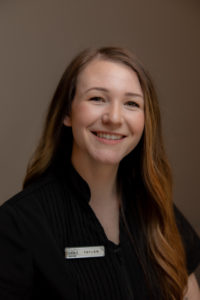 This article was written by Tayler Robison
This article was written by Tayler Robison
Tayler is our Lead Medical Aesthetician here at Summit Spa & Float. Tayler has a passion for anything skincare and has a genuinely happy and outgoing attitude. She attended Acadia Spa and School of Aesthetics in Prove. She loves to educate her clients on the different treatments and products offered here at Summit to help them understand the importance of skincare. When she is not treating clients at the spa she loves to spend her time reading, camping, traveling, or spending time with her family. Tayler’s favorite treatments to perform are our medical treatments: chemical peels, dermaplaning and microneedling.

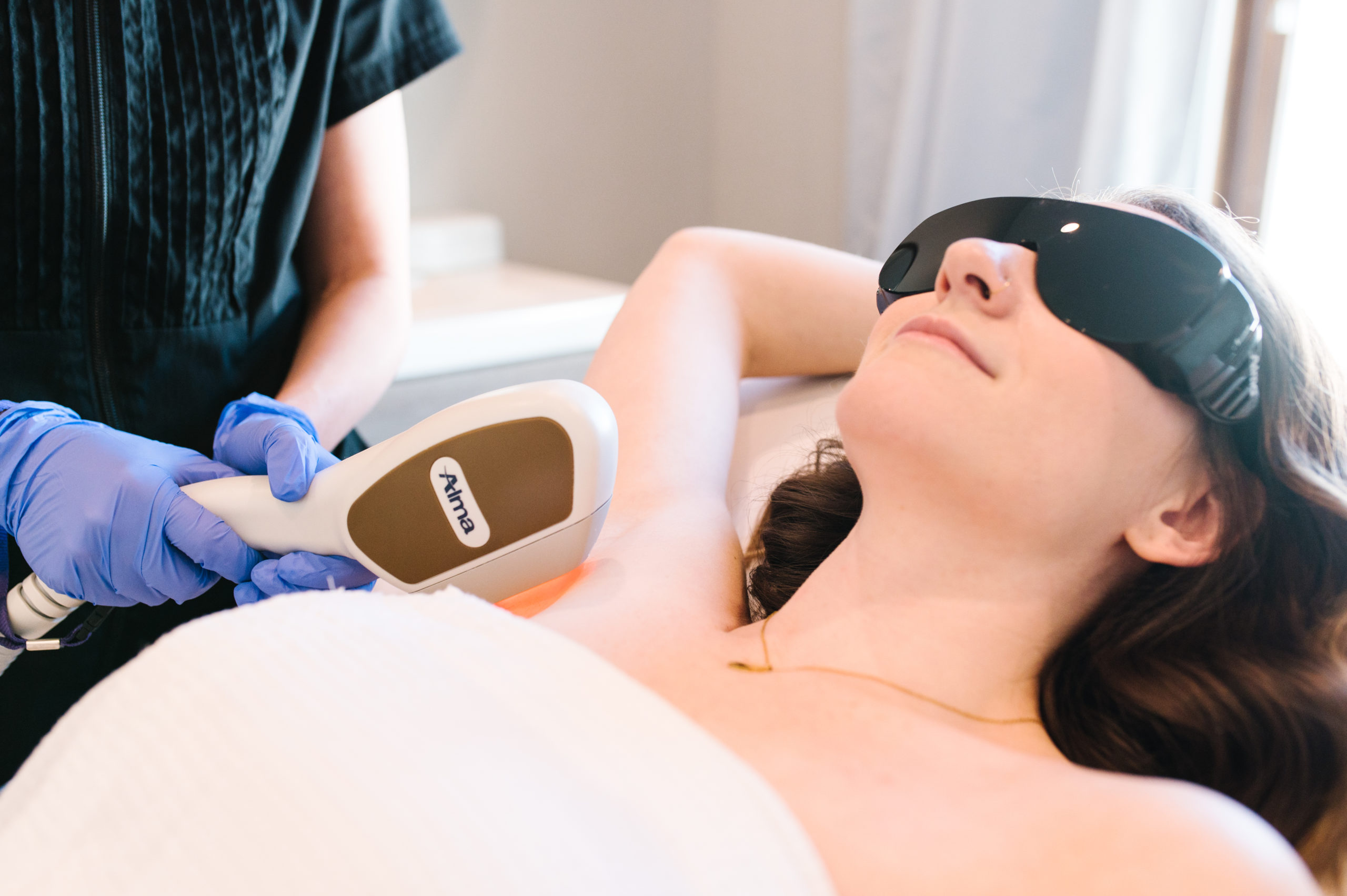 Laser Hair Removal
Laser Hair Removal Injectables & Fillers
Injectables & Fillers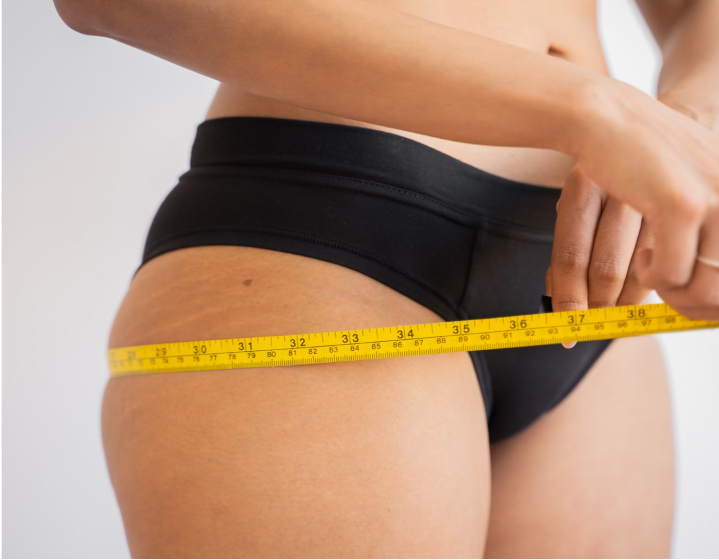 Weight Loss
Weight Loss Clearlift Skin Rejuvenation
Clearlift Skin Rejuvenation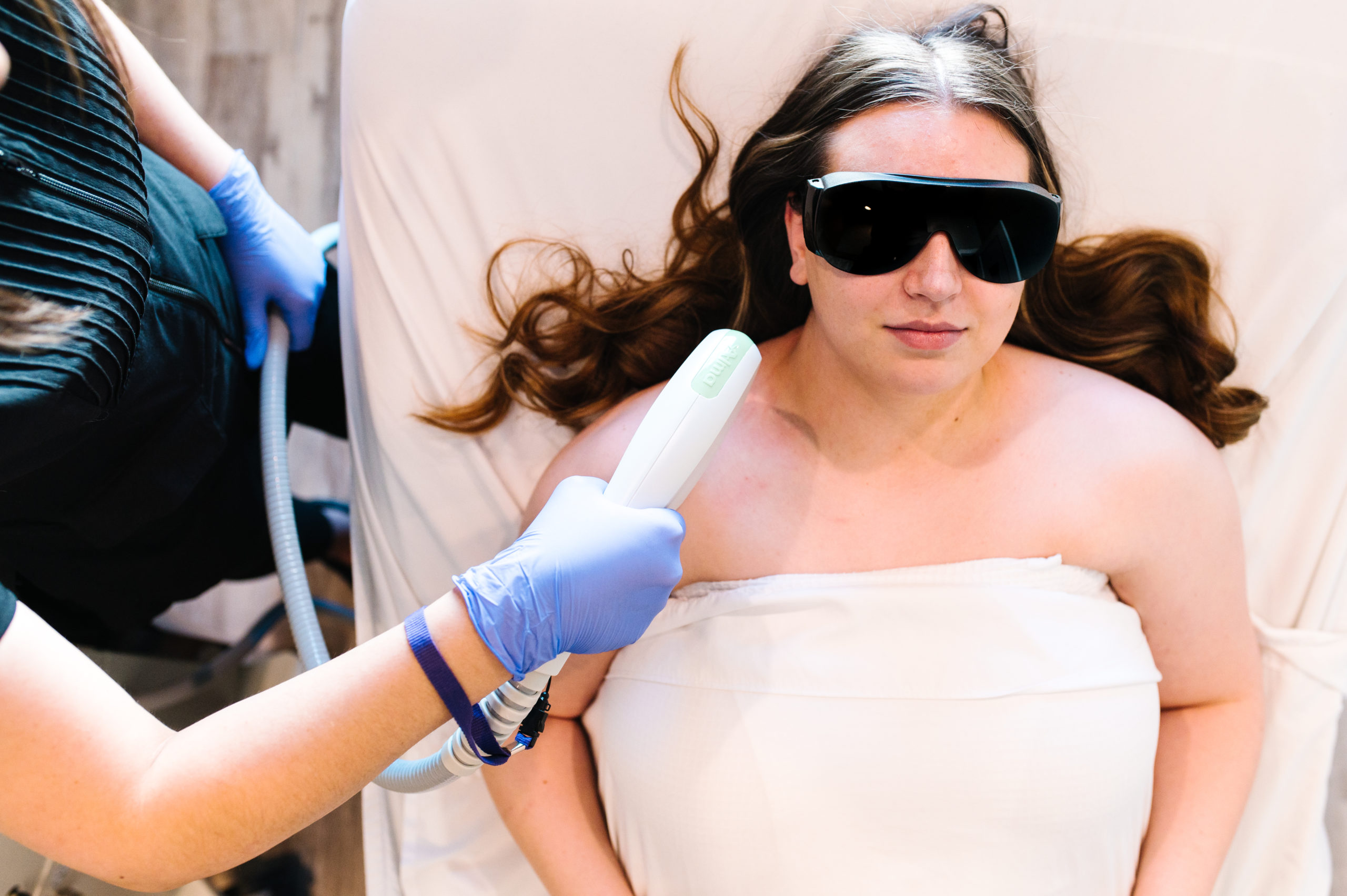 IPL | Photofacial
IPL | Photofacial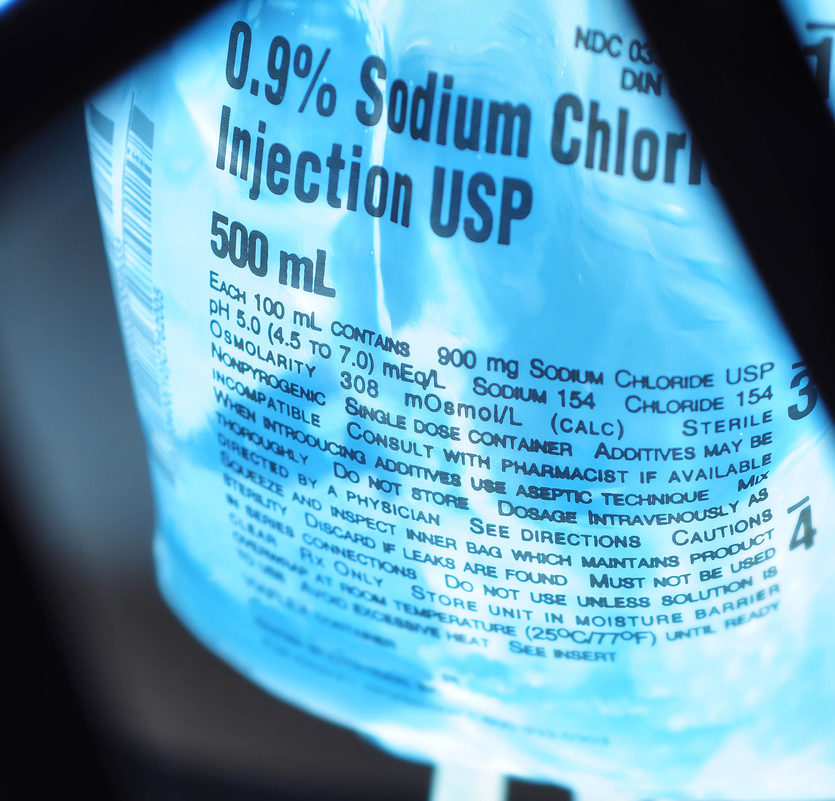 IV Therapy
IV Therapy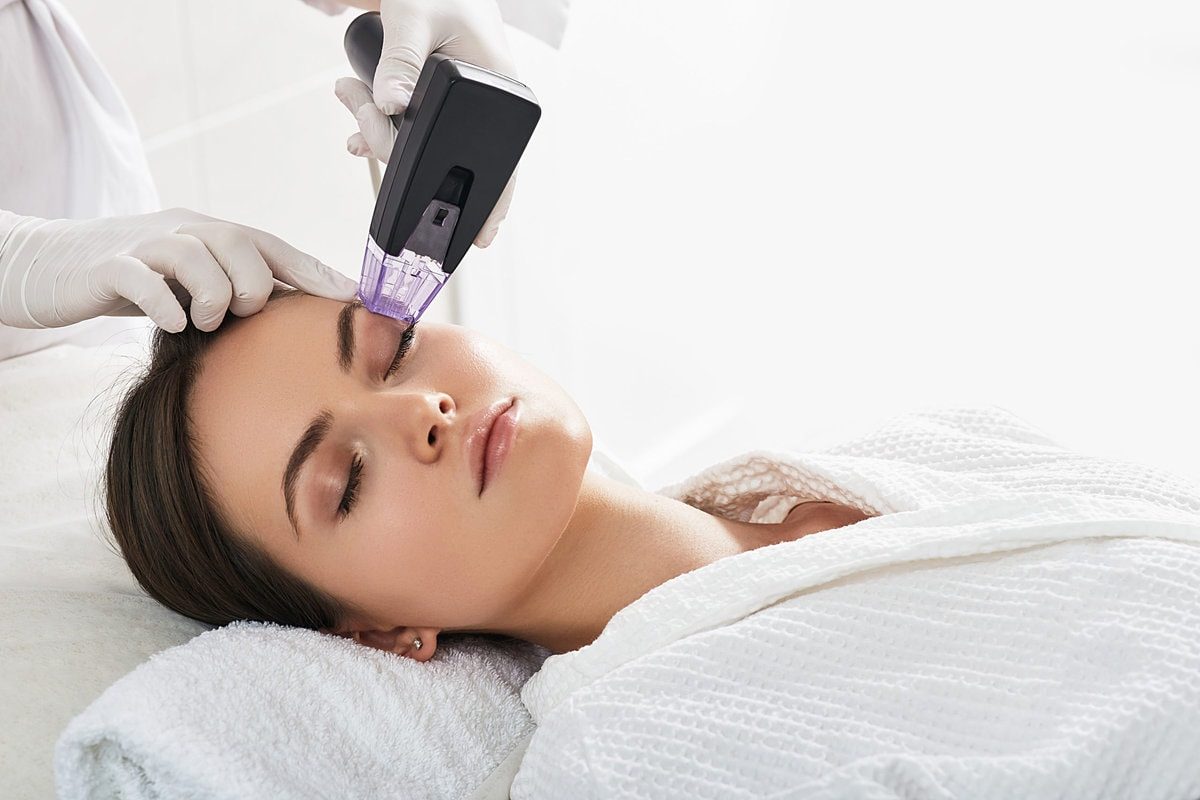
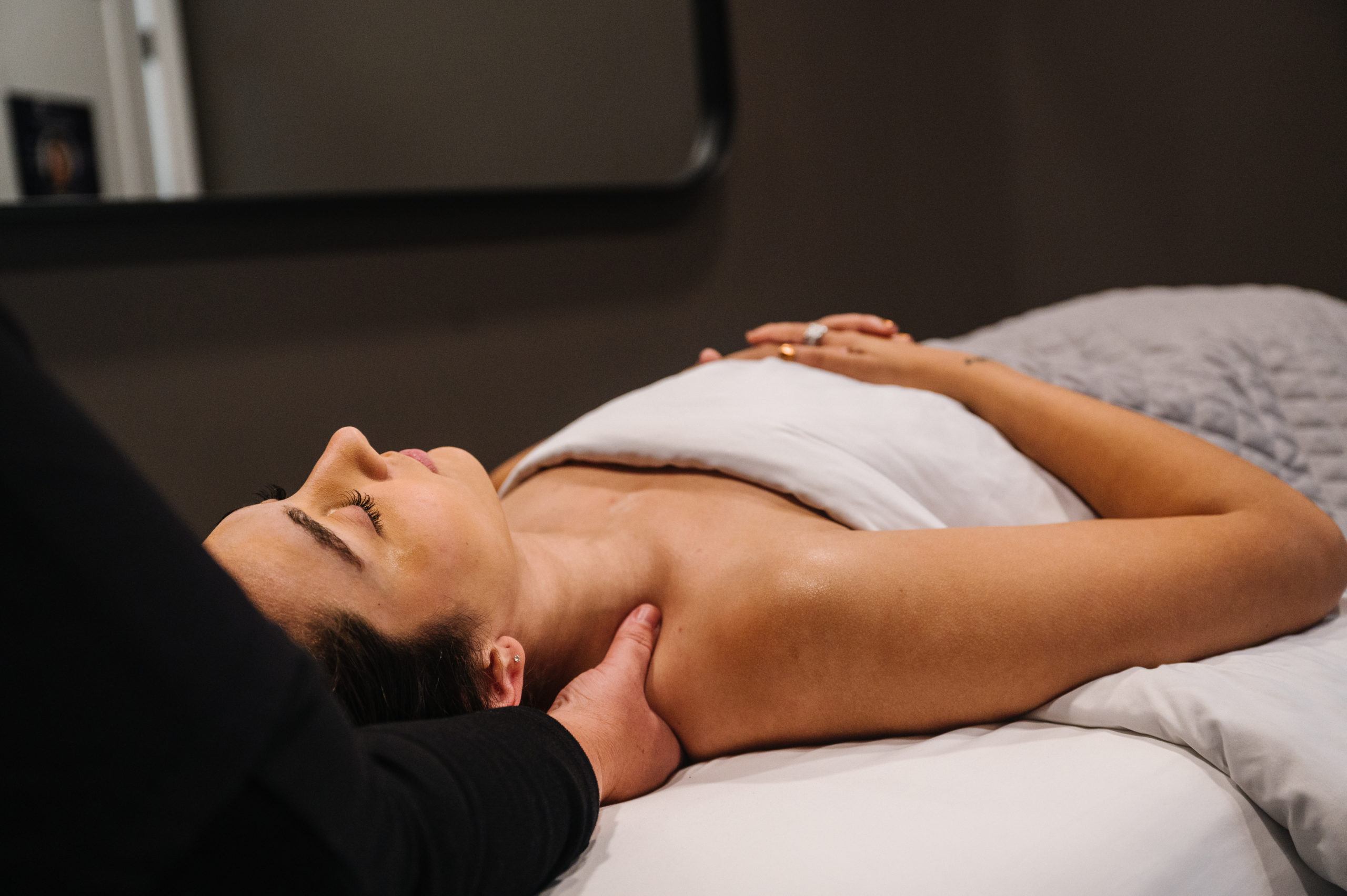 Signature Massage
Signature Massage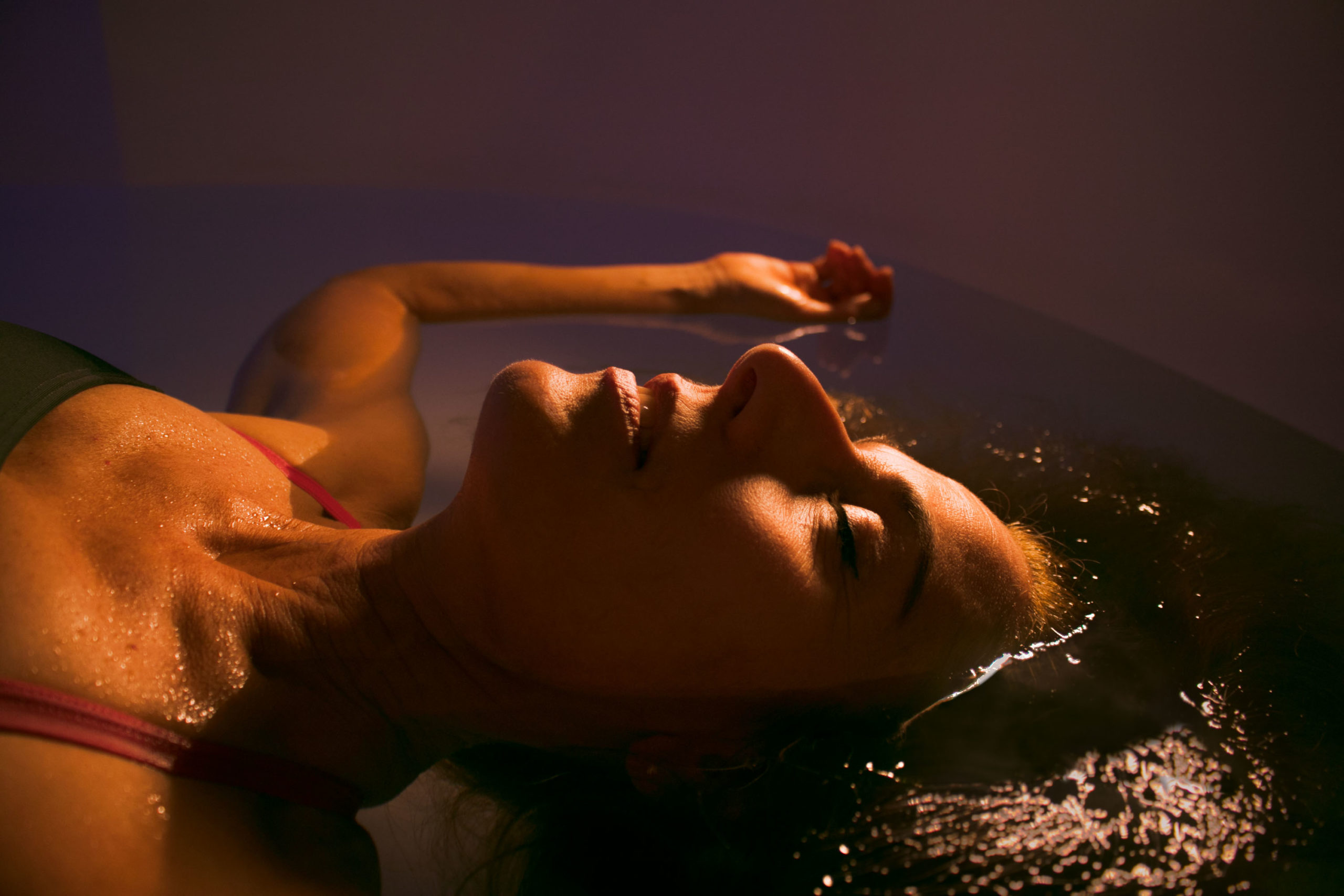 Float
Float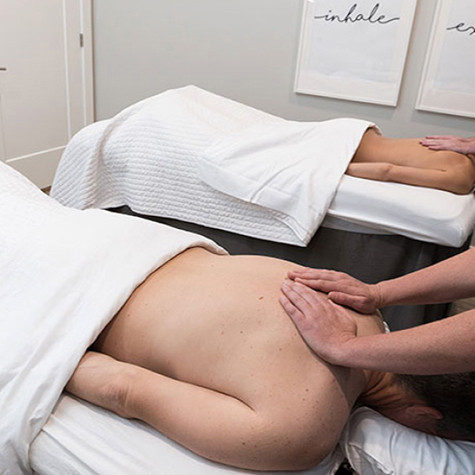 Couples Massage
Couples Massage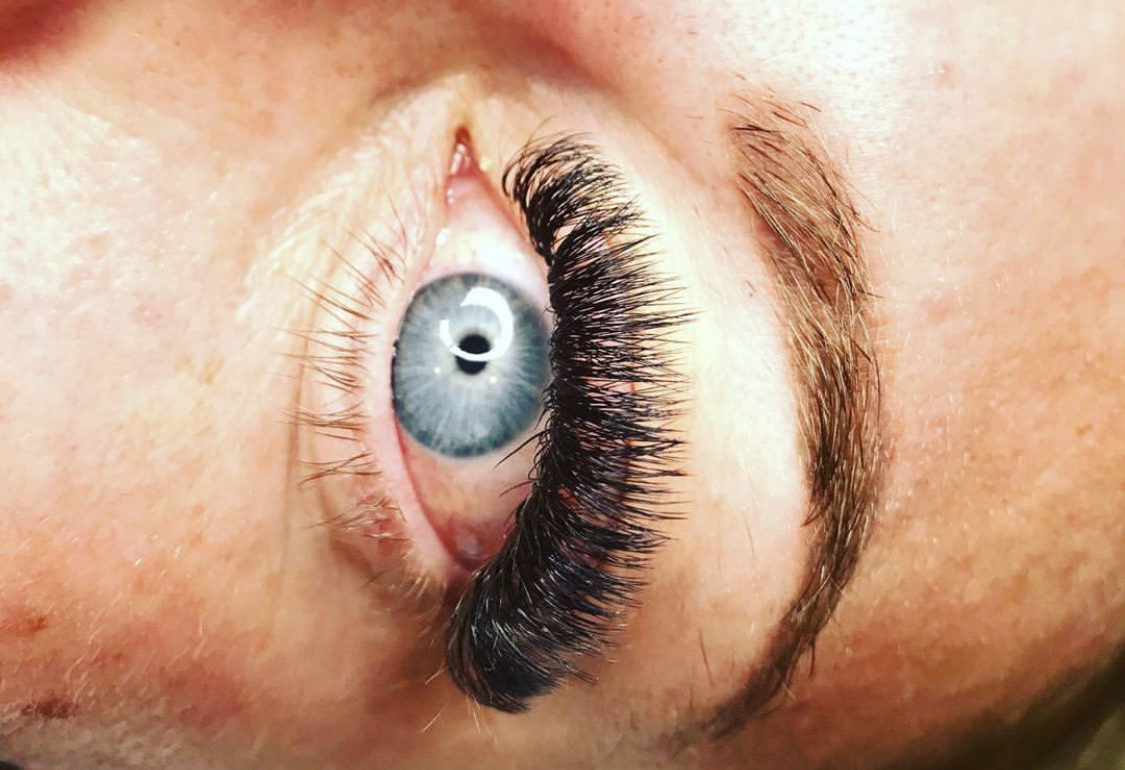 Aesthetics
Aesthetics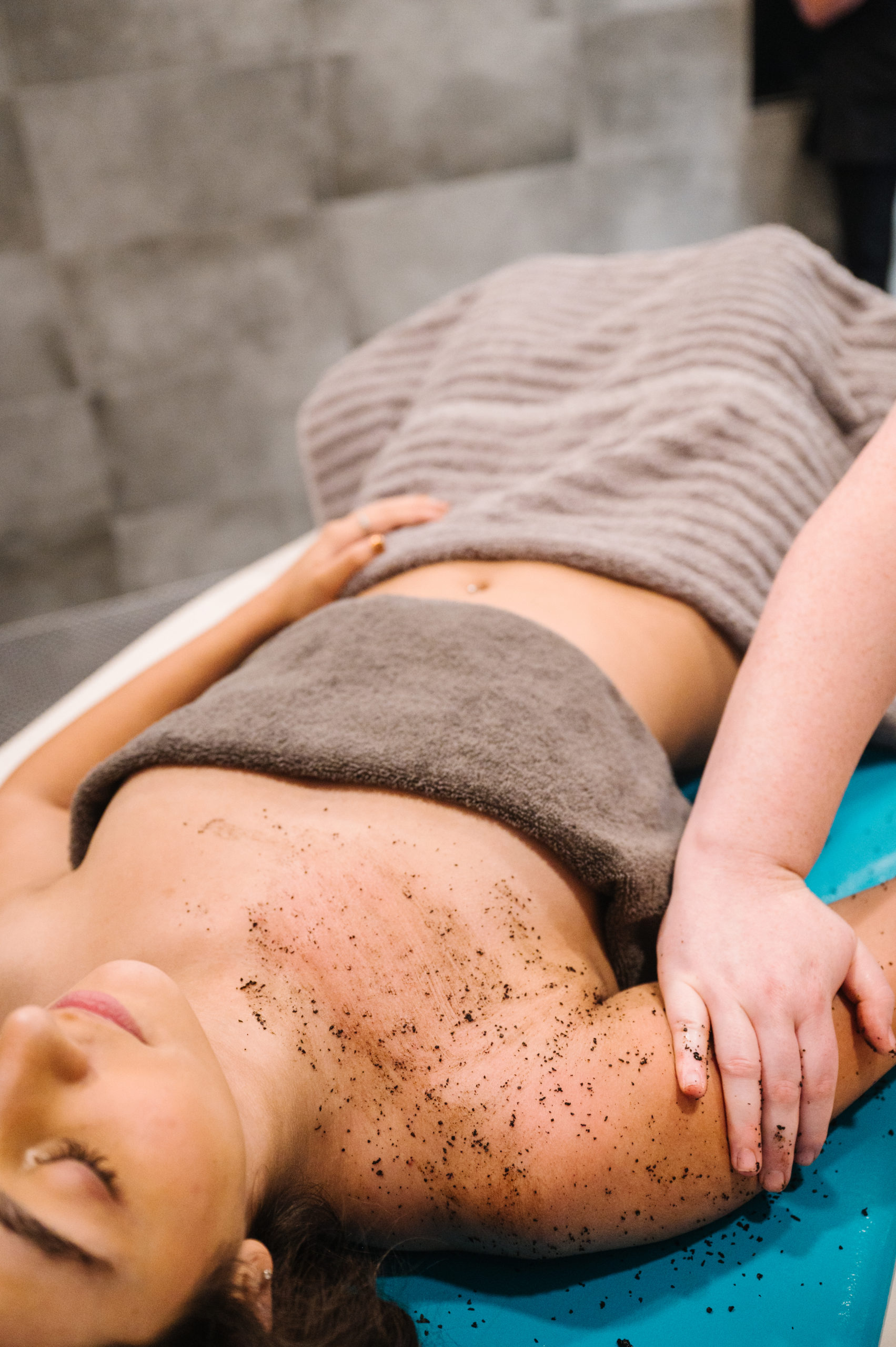 Body Treatments
Body Treatments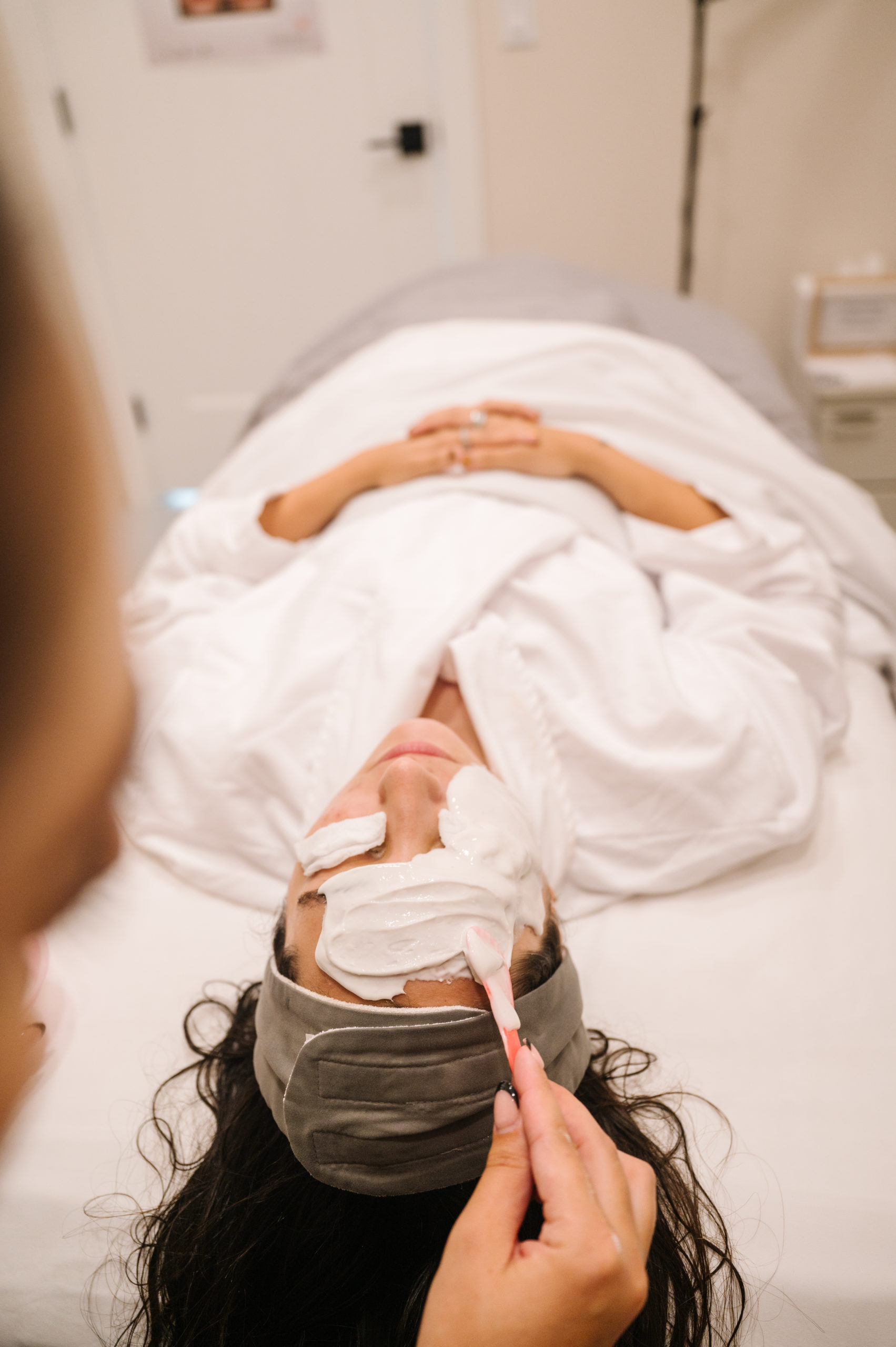 Facials
Facials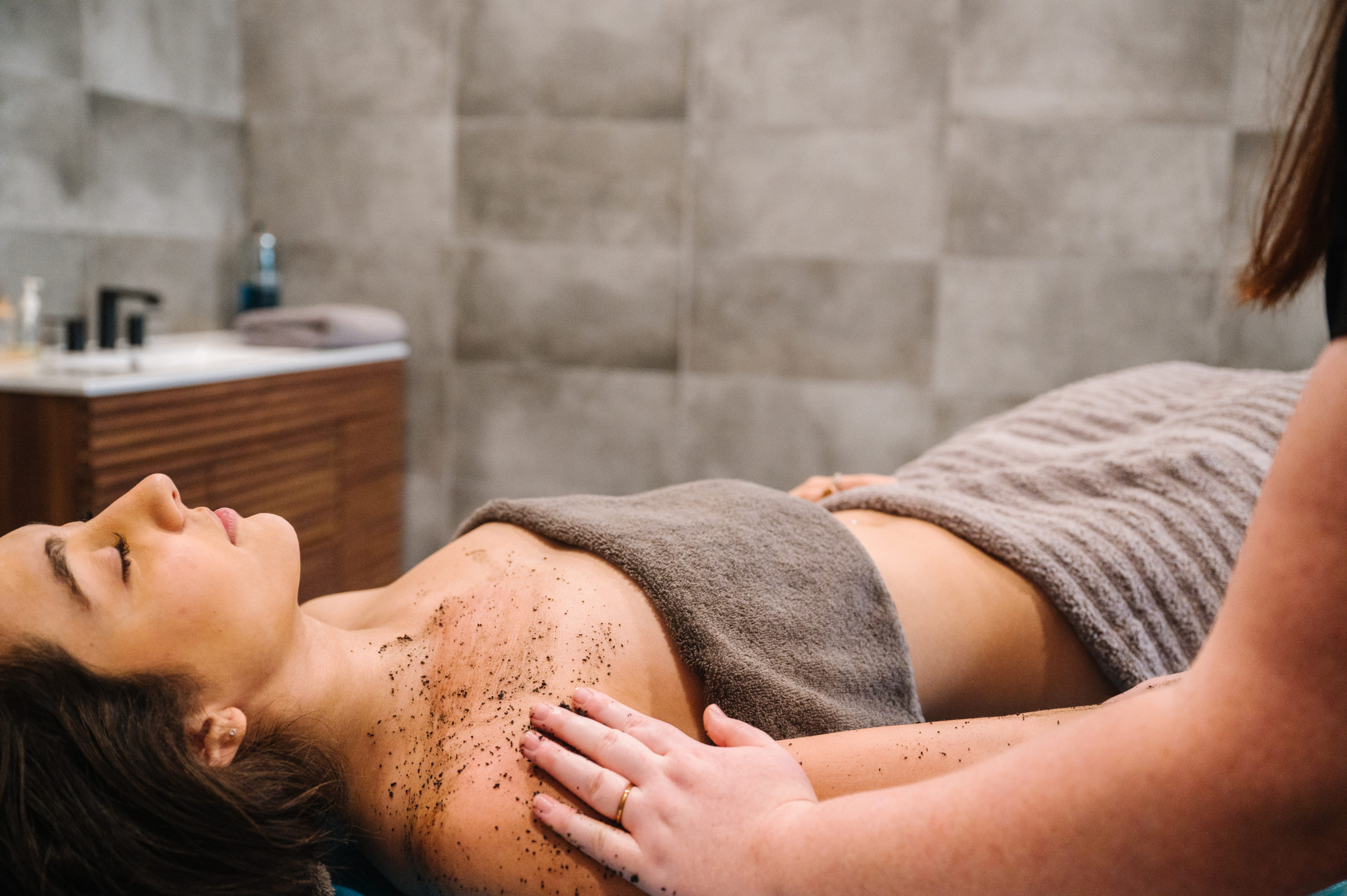

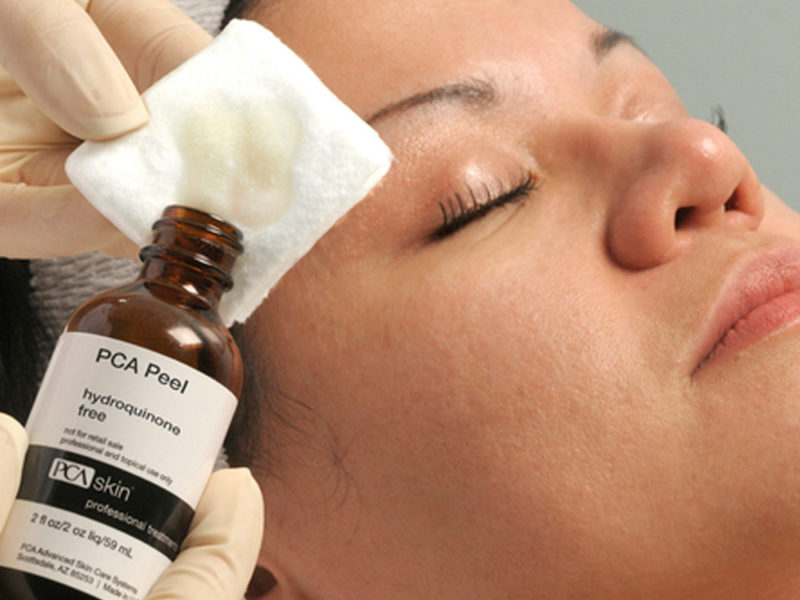

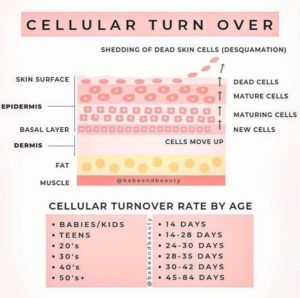
 Benefits of Lymphatic Drainage – The overlooked system of the body
Benefits of Lymphatic Drainage – The overlooked system of the body
Amazing. Thanks